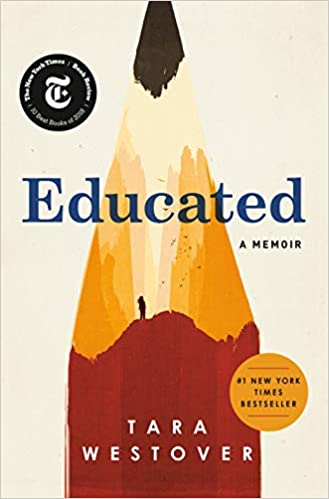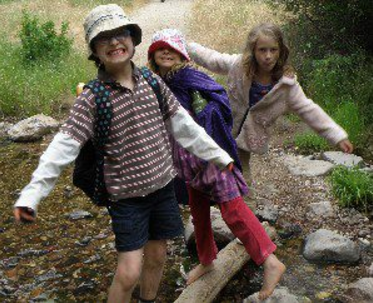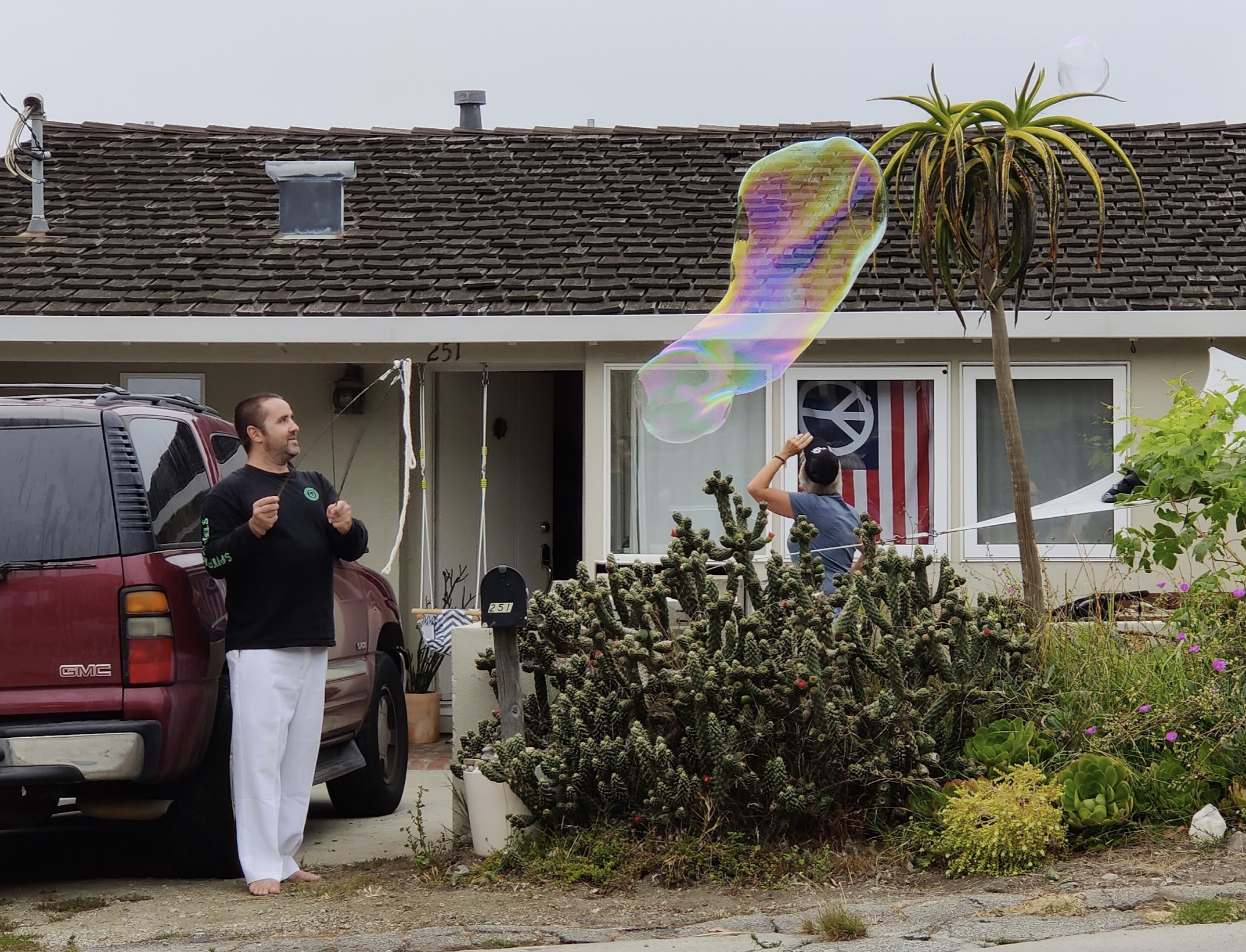Category: Homeschooling
-

Educated: A belated book review
At the time it was published, I tried to ignore the chatter about “Educated” by Tara Westover. But this book is far from the “homeschooling as child abuse” story that I expected.
-

For goodness sake, parents, be nice to your teachers, OK?
We’re all in this together, right? So don’t start the conversation by blaming your teacher. Make sure that you are taking responsibility for your part, too!
-

Calling homeschool pods fundamentally racist won’t help education equality
I’m sure you’ve noticed all the scary articles about how so-called “homeschool pods” are going to undo all the small amount of racial equity that our public schools have been able to put in place. Need a refresher? Here, here, and here are the top three hits I got. This argument rests on three premises…
-

5 things to do TODAY to help your kids settle in to online classes
Help make your child’s first week of online courses smoother and more fun for everyone.
-

6 ways to structure online learning for physical and mental well-being
Now that kids are going to be online most of the day, what can we teachers and parents do to ensure their physical and mental well-being?